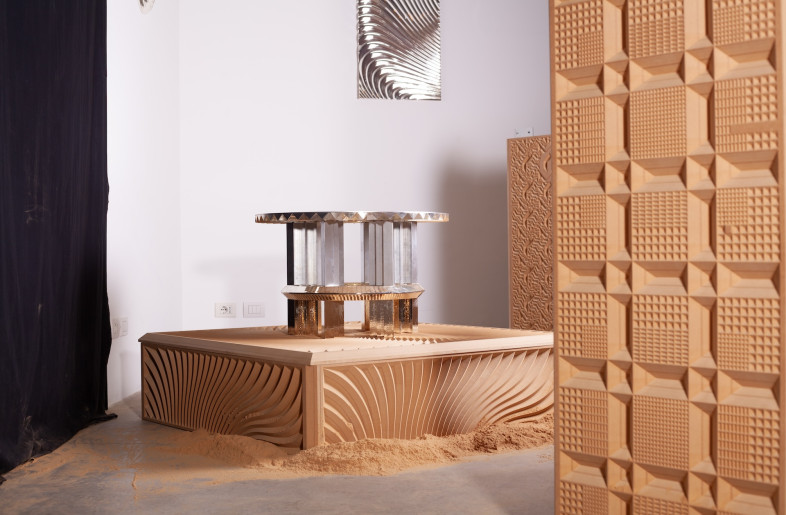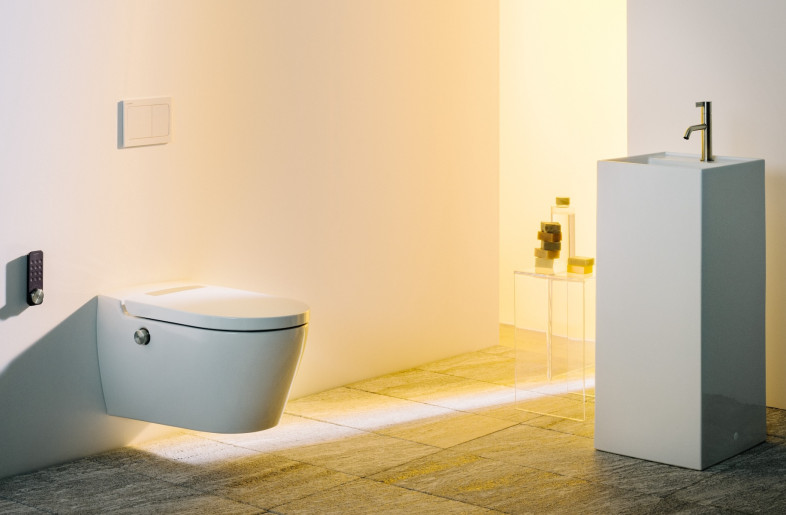These 5 circular materials are giving locally sourced waste a new life

Despite the global threat the climate crisis presents, it will – and already does – manifest itself locally. These five materials products are helping to combat these
Create a free account to read the full article
Get 2 premium articles for free each month
Related Articles
MORE Products
5 statement sockets celebrate connection over concealment

How 6 surface collections are giving overlooked materials second lives

Innovation – both material and technological – help 6 bathroom collections elevate wellbeing

Editor's Desk: On erasure, modernity's quiet craft and the commodification of good taste

Can we design for reverence and rarity without falling back on elitism?

A material makeover helps 7 outdoor products withstand the test of time – and the elements

What bucking trends in favour of timelessness means for a London studio

Furniture roundup: rounded forms, circular values

High materiality, low-tech. Genuine craft and a reverence for the past reigned at 3daysofdesign
